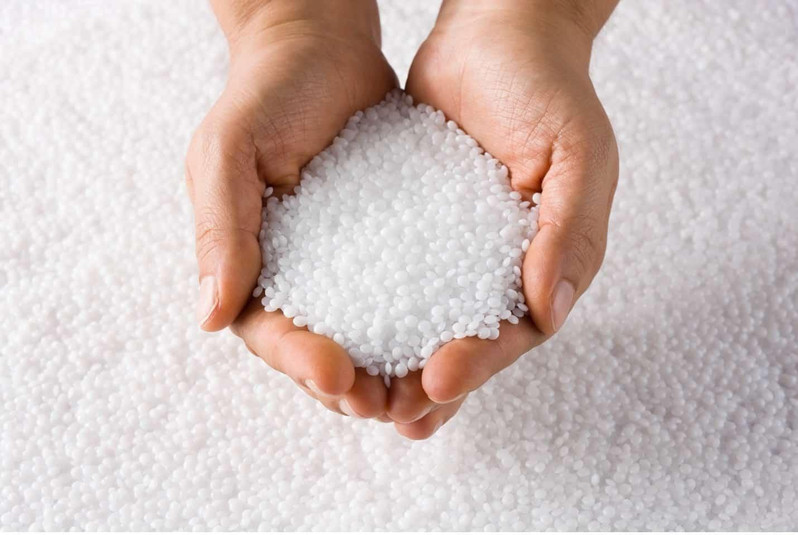Posted by Mike Cunningham on Apr 13th 2023
POLYETHYLENE MOVES UP IN MARCH – Domestic Linear Low-Density
Polyethylene (LLDPE) hexene contact pricing moved up $0.03/lb. for the month of March. Producers had asked for $0.05/lb., but as the month concluded, they conceded their higher cost demands settling for the $0.03. Once the market settled, the producers announced future increases of $0.05/lb. proposed for April.
The primary factor driving the most recent increase was yet another announced supply reduction. On March 21st, 2023, Nova Chemical declared force majeure stating their ethylene cracker in the Sarnia, ON
region experienced an unplanned outage, limiting feedstock monomer to regional PE plants. This made Nova the latest of four producers to declare a force majeure in 2023, joining INEOS, CP Chem, and Formosa.
Under normal circumstances, polyethylene prices would be soaring amid these production disruptions, but 2023 has not been a normal year. Softer than expected demand has plagued the market since the middle of December. Some market watchers have pointed to recessionary concerns and lower manufacturing numbers for the lighter demand. ISM numbers, measuring the change in manufacturing production levels across the US economy, hit 46.3 on March 31, 2023. This was the lowest number since May of 2020 and signifies a shrinking manufacturing economy.
Another factor impacting demand is the belief that businesses across the supply chain continue to draw down inventory at a rapid pace. Interviews with customers across the supply chain from end users to distributors, and converters prove this theme. Compared to a year ago, businesses are much more confident of the state of the current supply chain and its ability to deliver goods in a timelier manner.
Combine the strength of the supply chain with the higher cost of working capital due to interest rate hikes by the Federal Reserve, and you have business dropping packaging goods inventory to levels to half of what they reported just six months ago. The strategic shrinking of inventory levels across businesses in the supply chain is important to note for two reasons: 1.) Many businesses report that the effort to shrink inventories has been going on since December, and that companies are hitting their desired targets, with little room to take out more inventory. This means, muted demand seen in the first quarter could reverse course in the second quarter. 2.) There is a belief by many that there is too little inventory across the supply chain leaving the market fragile.
If a major disruption were to happen in the market, the market would have a tough time recovering quickly. As we reported last month, the operating margins of producers are at a ten-year low. Like any business in the past two years, resin producers have been hit with high inflationary increases in people, plant, and equipment. At the same time, these producers are also investing heavily in new plants and equipment, creating new advanced recycling facilities, and highly efficient production units to meet sustainability demands of the market. These capital improvements take five to ten years to complete and come at great cost. The squeeze in margins continues to drive producers to a relentless effort of pushing for future increases, while making these long-term investments. In our opinion there is 50% chance market fundamentals will again line up in producers’ favor in the month of April.

